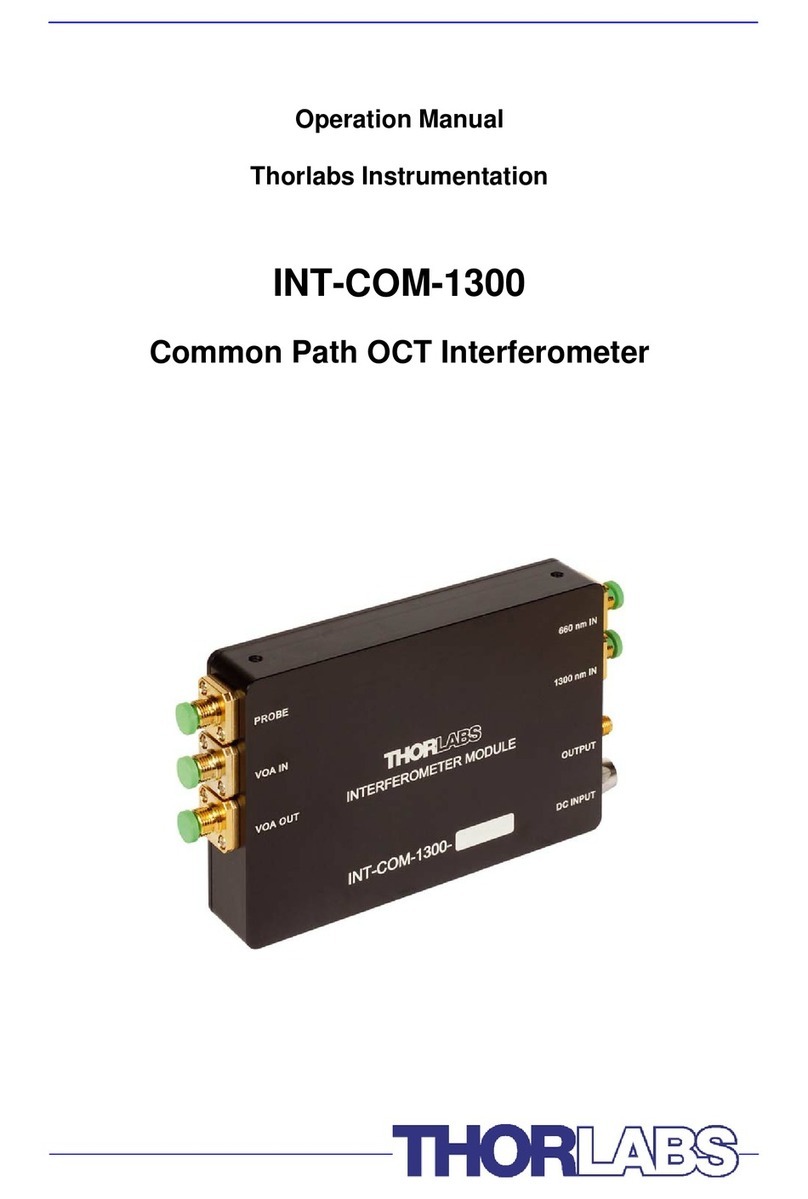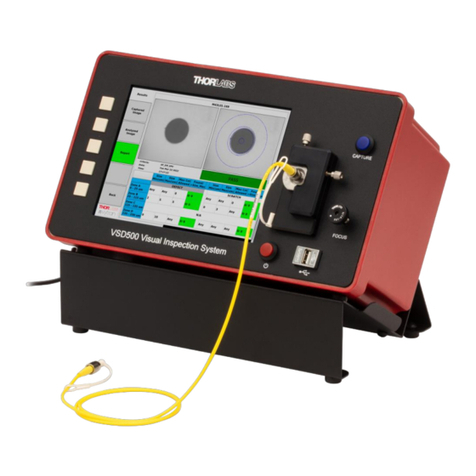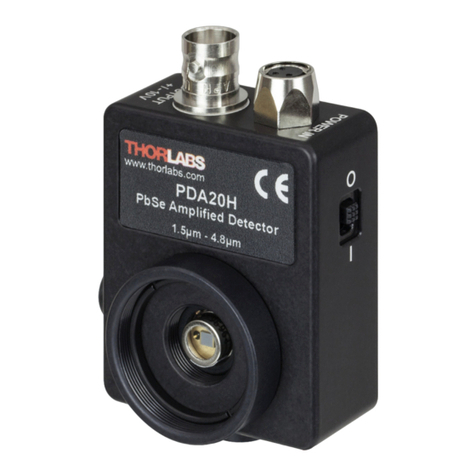THORLABS SA200 Series User manual
Other THORLABS Measuring Instrument manuals
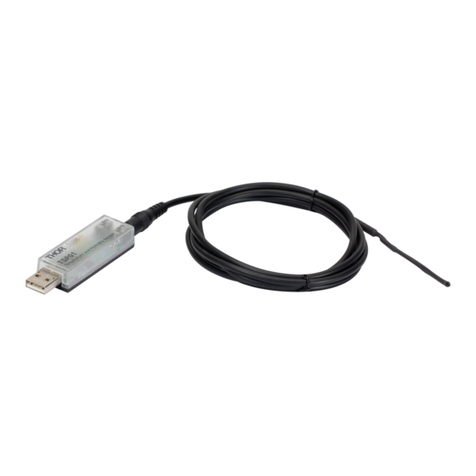
THORLABS
THORLABS TSP01 User manual

THORLABS
THORLABS S120 User manual
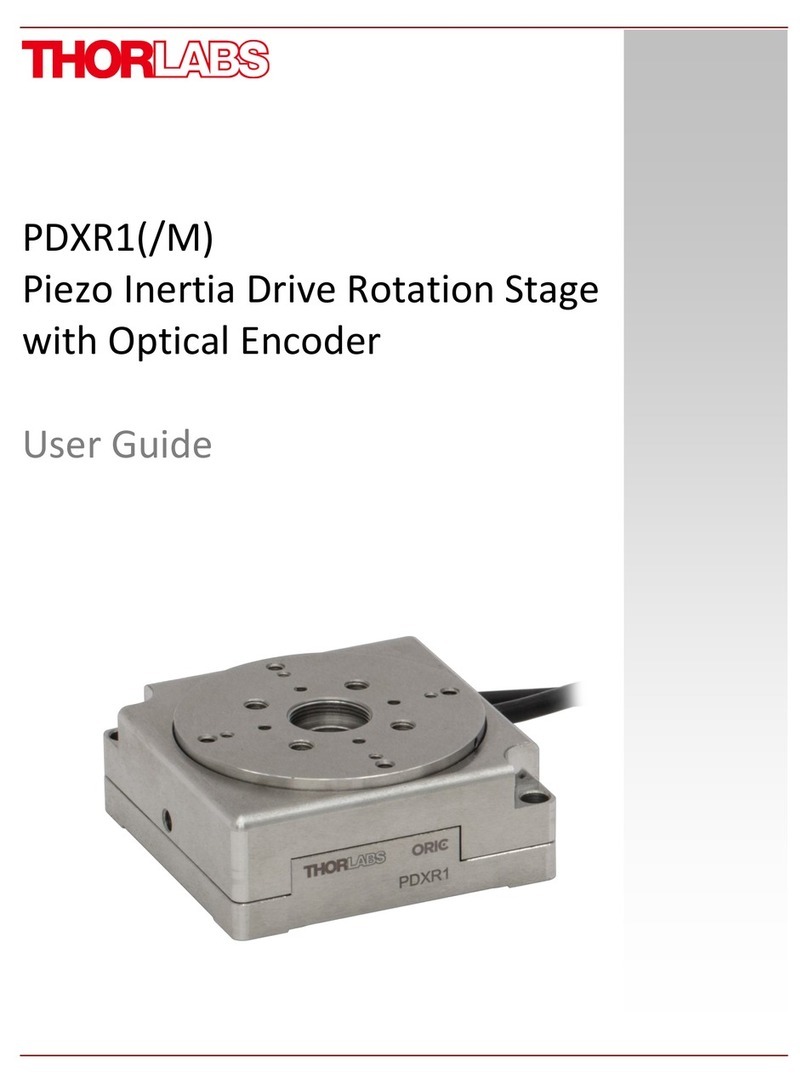
THORLABS
THORLABS PDXR1 User manual
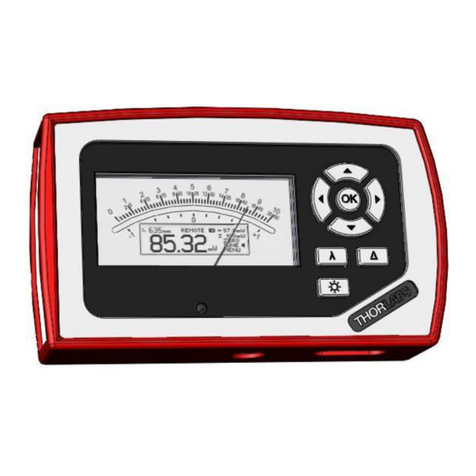
THORLABS
THORLABS PM100A User manual
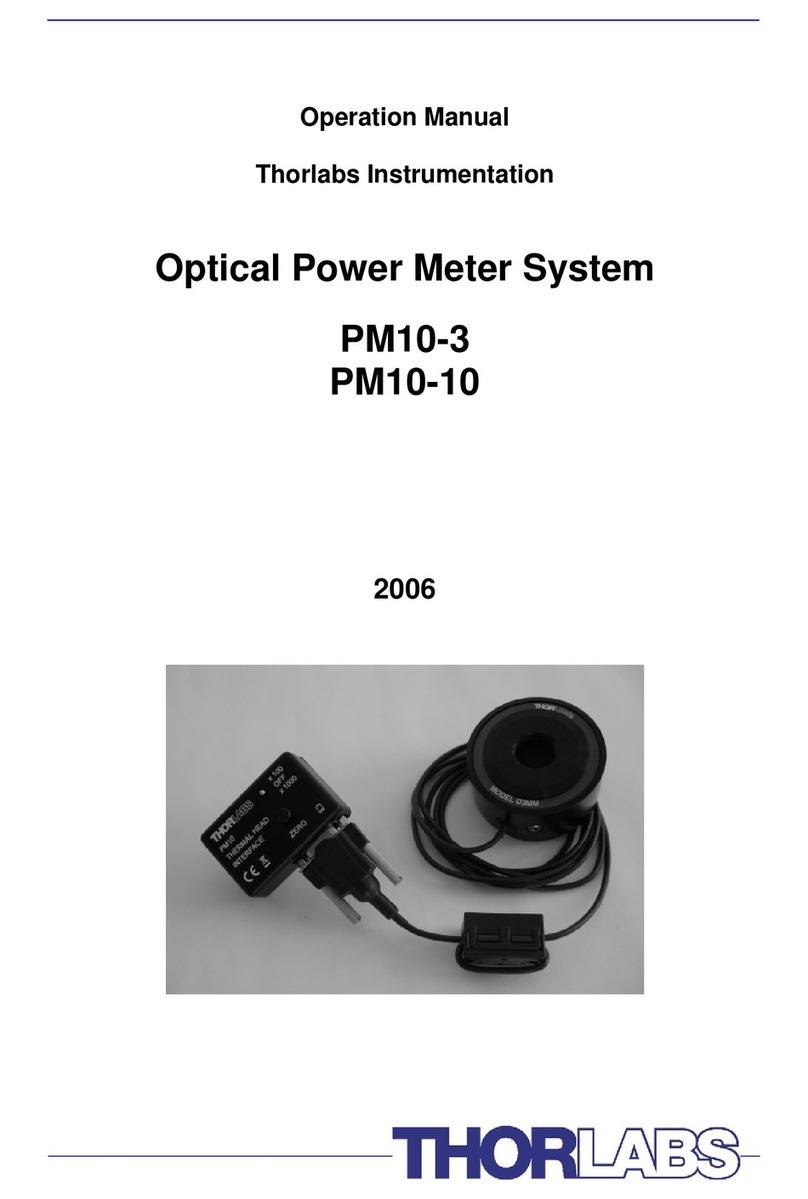
THORLABS
THORLABS PM10-3 User manual
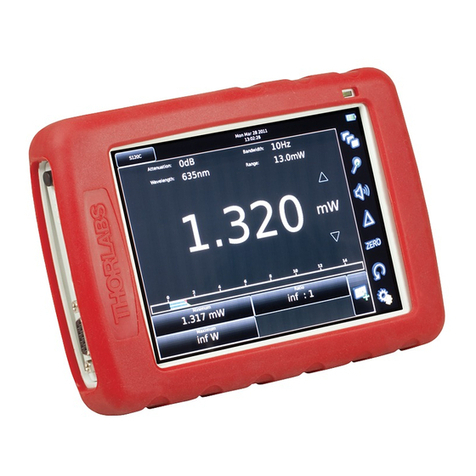
THORLABS
THORLABS PM200 User manual
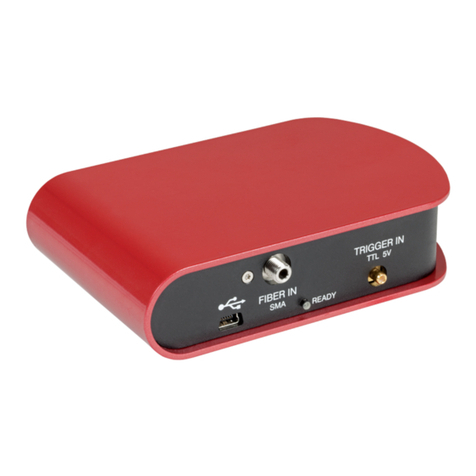
THORLABS
THORLABS CCS Series Instruction manual
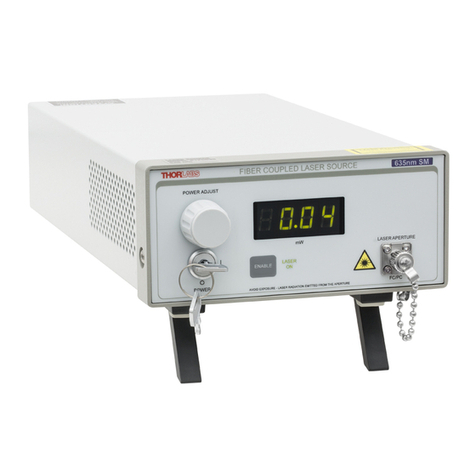
THORLABS
THORLABS S1FC635 User manual

THORLABS
THORLABS ULN15TK User manual

THORLABS
THORLABS Redstone OSA305 User manual
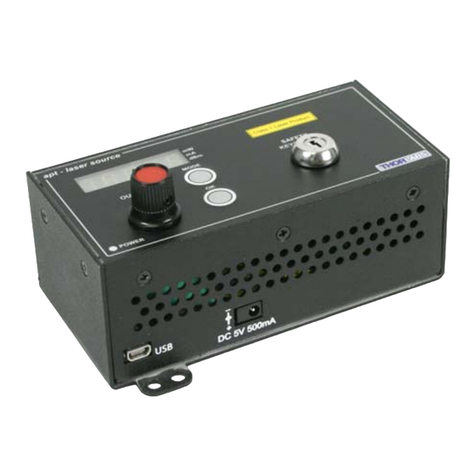
THORLABS
THORLABS TLS001-635 User manual

THORLABS
THORLABS PM5020 User manual
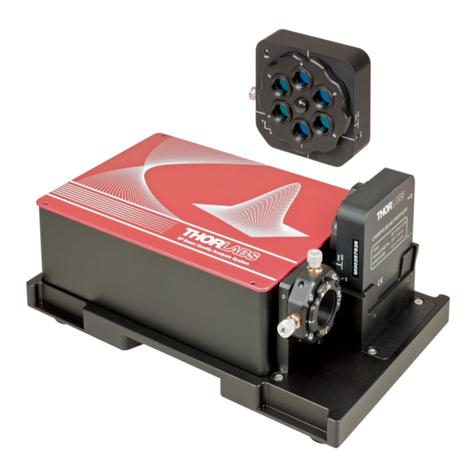
THORLABS
THORLABS M2MS-BC106N Series User manual

THORLABS
THORLABS PM100USB User manual
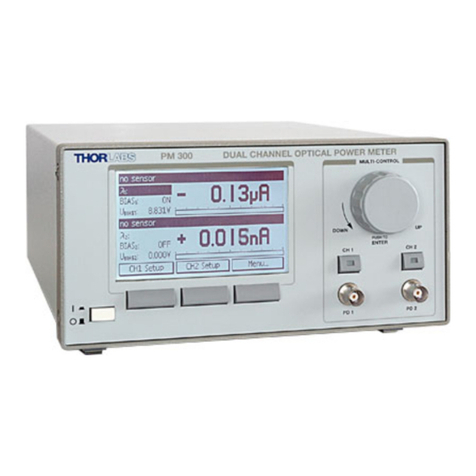
THORLABS
THORLABS PM300 User manual
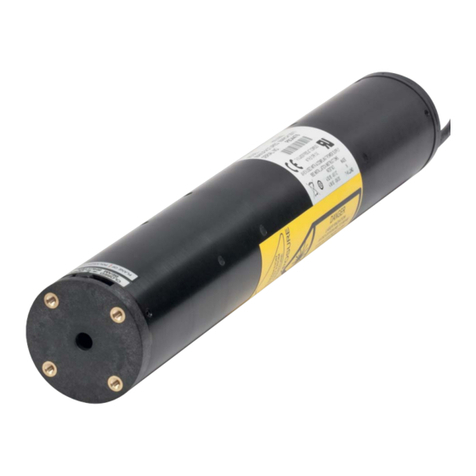
THORLABS
THORLABS HNL020R User manual

THORLABS
THORLABS PM100USB User manual
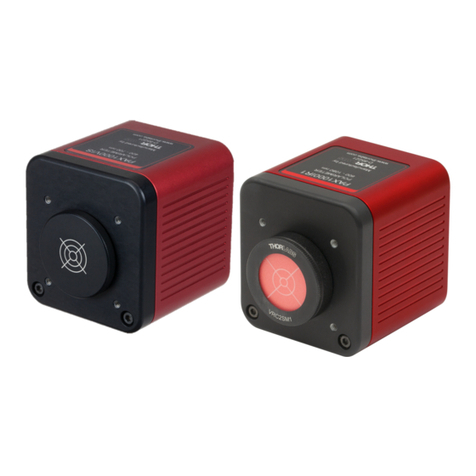
THORLABS
THORLABS PAX1000 User manual

THORLABS
THORLABS K10CR1 User manual
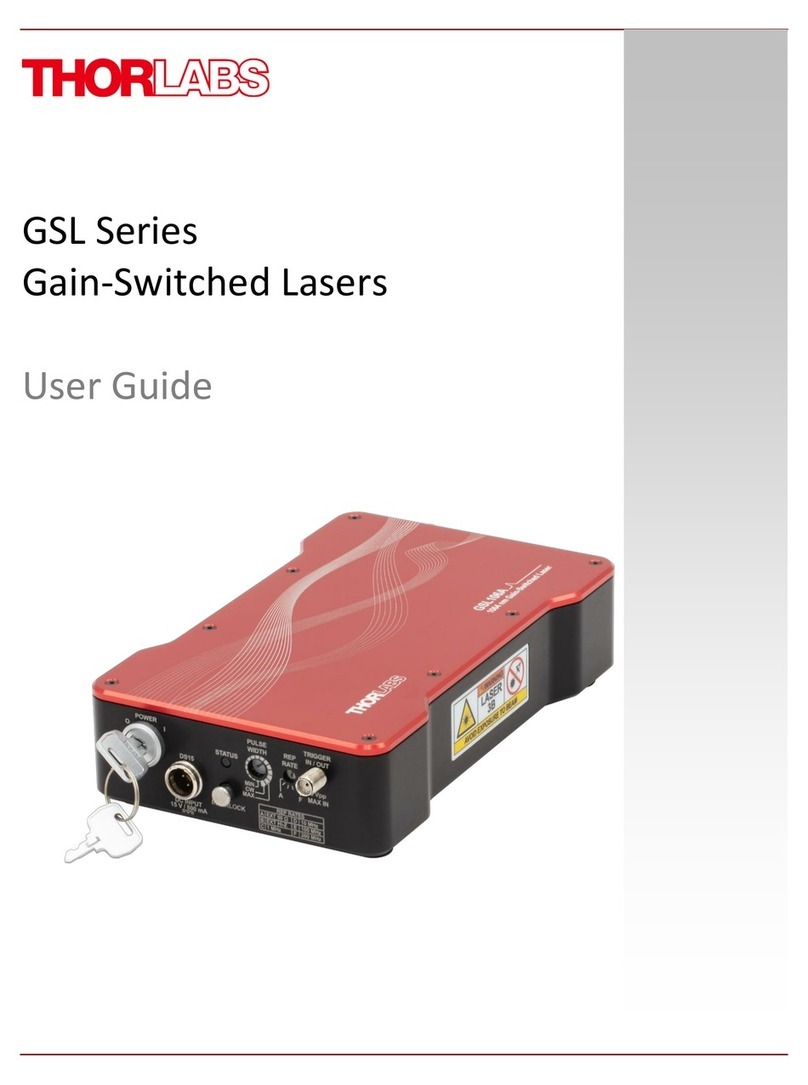
THORLABS
THORLABS GSL Series User manual
Popular Measuring Instrument manuals by other brands

Powerfix Profi
Powerfix Profi 278296 Operation and safety notes

Test Equipment Depot
Test Equipment Depot GVT-427B user manual

Fieldpiece
Fieldpiece ACH Operator's manual

FLYSURFER
FLYSURFER VIRON3 user manual

GMW
GMW TG uni 1 operating manual

Downeaster
Downeaster Wind & Weather Medallion Series instruction manual

Hanna Instruments
Hanna Instruments HI96725C instruction manual

Nokeval
Nokeval KMR260 quick guide

HOKUYO AUTOMATIC
HOKUYO AUTOMATIC UBG-05LN instruction manual

Fluke
Fluke 96000 Series Operator's manual

Test Products International
Test Products International SP565 user manual

General Sleep
General Sleep Zmachine Insight+ DT-200 Service manual
